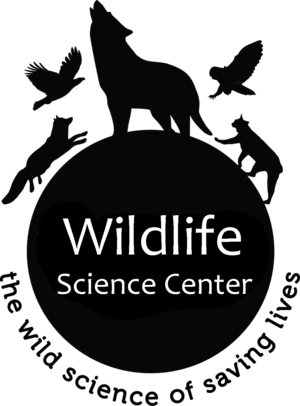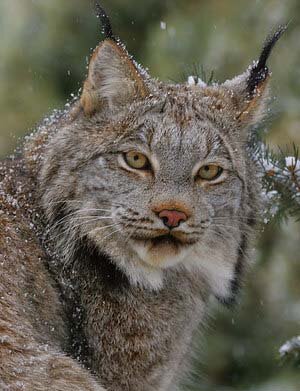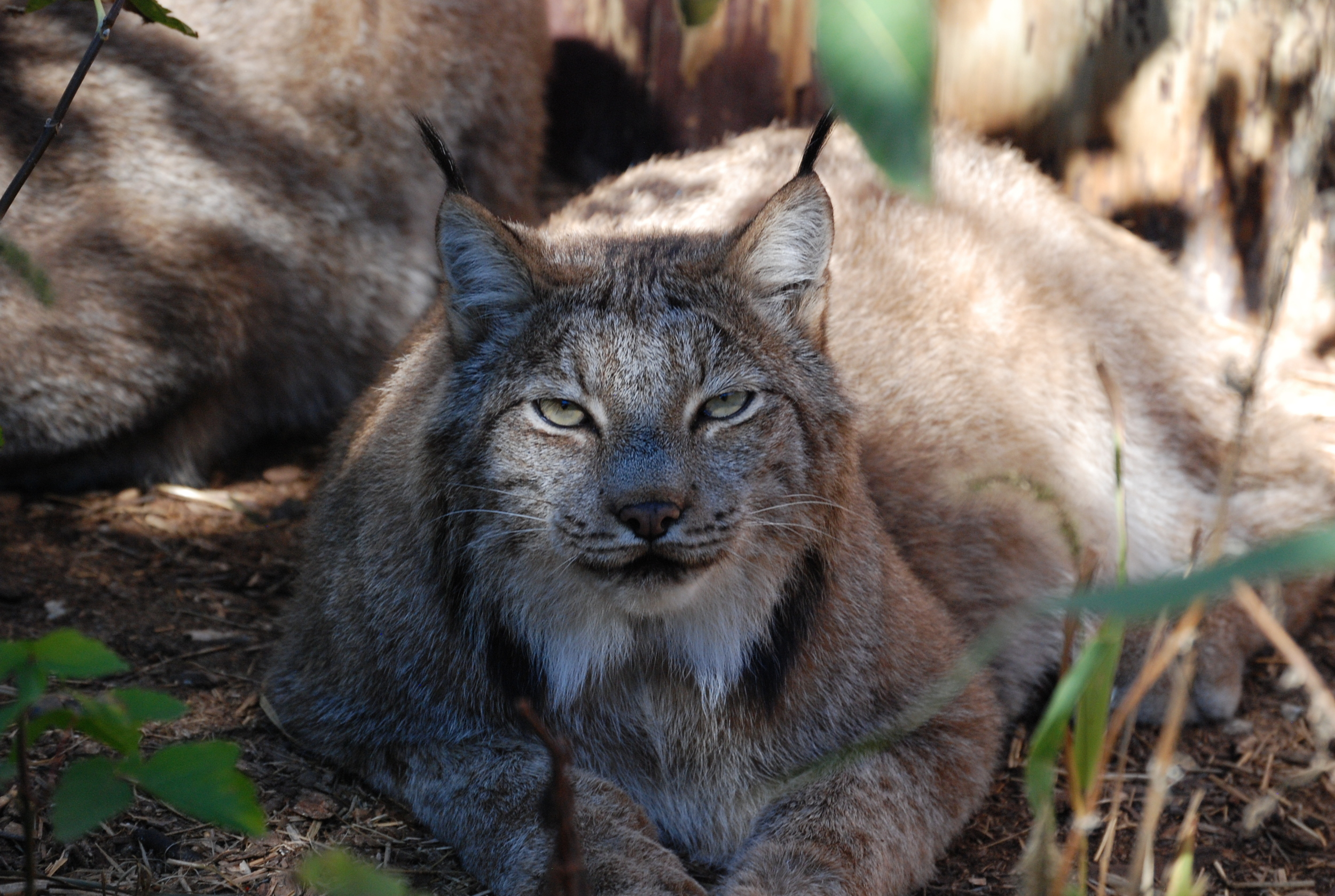Canada Lynx
Lynx canadensis
IDENTIFICATION
Length: Adult lynx can be up to 36 inches long.
Weight: Adult lynx vary in weight from 15 to 35 pounds.
Color: Short-tailed, long-legged, long ear tufts, reddish-brown to gray in color with a black tipped tail. Their faces and ear tufts are edged with black. Lynx have retractable claws and use their large, heavily furred feet like snowshoes.
HABITAT
Range: The main Canada lynx population in the U.S. is found in Alaska. Low populations occur in Washington, Montana, Idaho, Wyoming, Colorado, Minnesota, Wisconsin, Michigan, New York (reintroduced), Vermont, New Hampshire, and Maine. There are large populations in many parts of Canada.
Diet: Snowshoe hare are the primary prey item of lynx. If needed, they will switch to small rodents, ground birds, and occasionally white-tailed deer.
Status: Listed as Threatened (since 2000). Threats to Canada lynx include habitat fragmentation/destruction, human encroachment, and climate change.
Felid track comparisons. Image from CiscoLandTrust.org.
LIFE CYCLE
Lynx are generally solitary and nocturnal. Male lynx territories range in size from 56 – 94 square miles, with female lynx territories ranging from 20 – 54 square miles.
Reproduction: Mating occurs in late January–February with a gestation period of 63–70 days. Lynx litters range from 1–4 kits. These kits open their eyes around 8–10 days, and their fur is spotted until later in the spring when they shed. The female travels with her young for about 10 months before she drives them away.
Canada lynx’s primary prey (snowshoe hare) require deep snowpacks in the winter. With a changing climate, hare are less common in their southern range, resulting in less food availability for these lynx.
Canada Lynx range. Image from the Young Forest Project (YoungForest.org).






